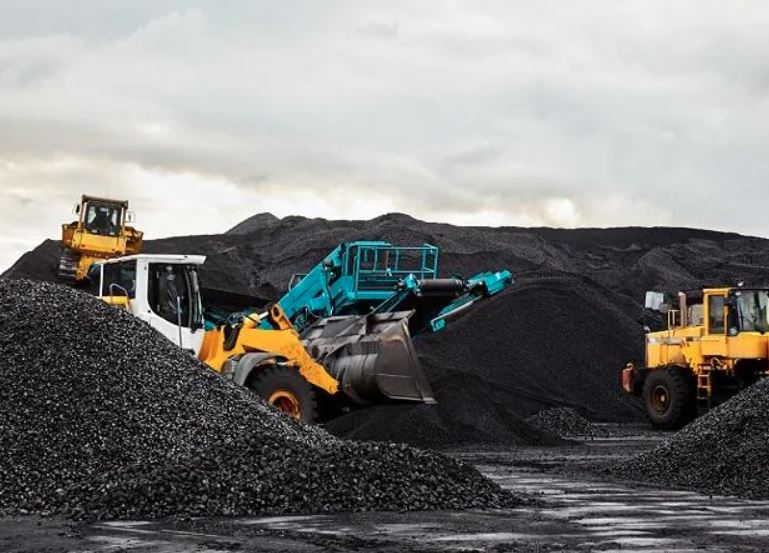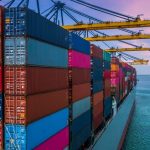Two seemingly unrelated events have shown how the world’s path to de-carbonisation is likely to be uneven and vastly different in developed and developing countries.
Australia’s largest power producer pulled the plug on Monday on plans to split itself into a largely coal-fired generation company and a retail electricity company.
Coal India COAL.NS, the world’s largest coal mining company by volume, meanwhile plans to import the polluting fuel for the first time since 2015, amid a shortage of domestic supplies that has raised concerns about power outages.
These two pieces of news illustrate the dynamics of de-carbonisation and the difficulty of reaching a global target of net-zero emissions by 2050.
Australia’s AGL Energy AGL.AX accounts for about 8% of the nation’s carbon footprint, mainly by operating several large and ageing coal-fired power plants in the heavily populated southeastern states of Victoria and New South Wales.
It had said its plan to separate into a generation company and a retail arm made economic sense but the move was criticised by environmental activists as allowing its coal-fired power plants to operate for decades to come.
One such activist was tech magnate Mike Cannon-Brookes, and, after his initial offer to buy AGL and take the utility private was rebuffed, he became the top shareholder, with an 11.3% stake.
His opposition to the demerger, coupled with that of some other shareholders, led AGL’s board to conclude it didn’t have the required 75% shareholder support for the move; the plan was abandoned on Monday.
Not only did AGL scupper its proposal; Chief Executive Graeme Hunt and Chairman Peter Botten said they would step down, and the company would review its strategic direction.
That strategic review is likely to show a quicker path to de-carbonisation, especially if Cannon-Brookes gets his way and is awarded two seats on AGL’s board.
Cannon-Brookes and Canada’s Brookfield Asset Management, in their initial takeover bid for AGL, had proposed a faster shutdown of coal-fired generators by 2030, rather than the company’s planned 2045.
They also proposed to invest A$20 billion ($14.3) in renewable energy and storage solutions, timed to be on line before the closure of the coal generators.
In other words, Cannon-Brookes wanted to accelerate AGL’s switch to renewables without compromising electricity supply and security.
There are still doubts as to whether this can be done profitably, but, as AGL’s scrapping of its demerger plan shows, the pressure will be increasingly on companies to do more to de-carbonise, at least in countries where there is access to capital.
The argument being put forward by environmentalists and by the increasing amount of green capital is that fossil fuels such as coal and natural gas are simply too expensive, unreliable and inextricably linked to climate change.
INDIA’S COAL CALL
That may well be the case, but India’s current dilemma shows just how entrenched coal is in some developing economies.
Coal India aims to import coal to supply generators in the third quarter amid fears of power shortages over the summer peak demand period, according to a letter to utilities from the Power Ministry on May 28.
The move is a sign of desperation, given the near-record price of thermal coal in Asia’s seaborne markets, with benchmark Australian cargoes from Newcastle Port ending on May 27 at $415.60 a tonne, according to globalCOAL.
This is more than three times what the price was at the end of last year, with thermal coal having surged on the back of renewed demand from Europe as the continent tries to cut Russian supplies out of its energy mix in the wake of the invasion of Ukraine.
What India shows is that in an energy crisis it will use whatever fuel it can, and right now that’s coal.
The unknown is whether the current pain the country will feel from paying for coal imports translates into a new surge of investment in renewables and storage solutions, or whether India will seek to mine even more coal domestically in a bid to end reliance on imports.
India may not have luxury of committed billionaires like Cannon-Brookes to fund a faster de-carbonisation.
But if the world has any chance of reaching net-zero in the coming decades, much of the transformation has to be in countries like India, Indonesia and China, those with large domestic coal reserves, big populations and growing energy needs.
Source: Hellenic Shipping News






